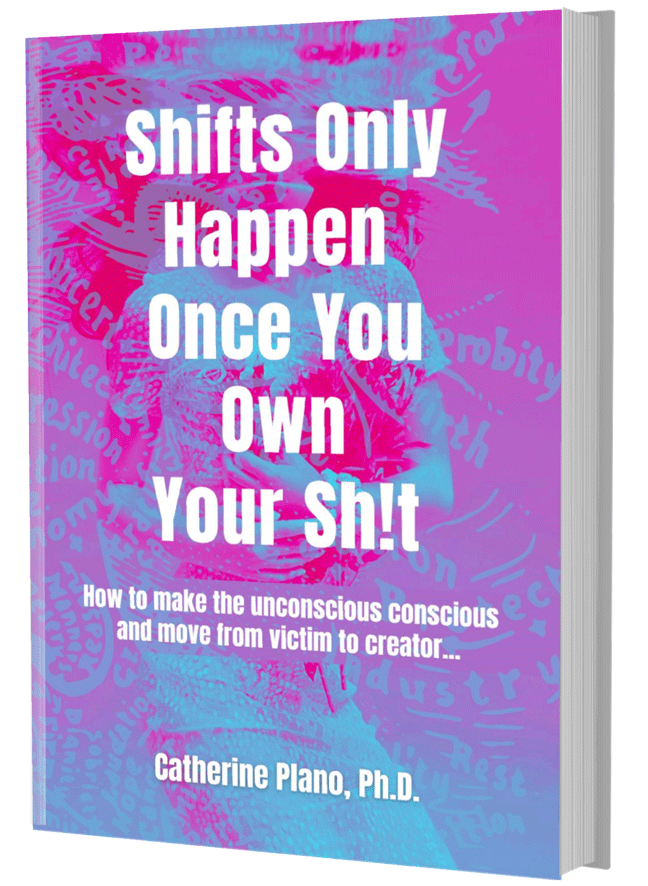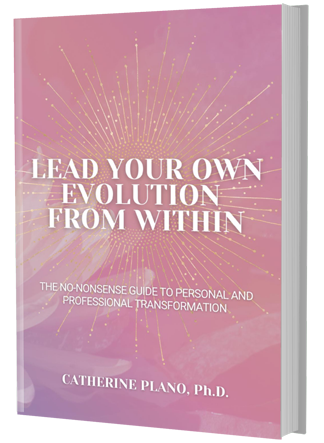To read the first piece in this two-part series on the shadow of the leader, click here.
As briefly stated in the first part of this article, a significant organisational culture pain point is when the senior leadership team says one thing and does another.
It starts by the organisation communicating a desired behaviour. When those they lead don’t see those desired behaviours being modelled, they will say ‘why should I model the company’s values when my leader doesn’t honour them?’ In the end, they will see that there is a lack of integrity within the culture.
In order for the shadow of the leader to be successful, the work must start from the top. If the senior leadership team is not onboard living and breathing their organisational values, the probability that the collective will live the values is low.
Here are some questions to ponder over the shadow concept:
- What shadow are you casting on your team?
- What shadow are you casting on the organisation?
- What is the shadow of the leadership team in your organisation casting?
- What shadow do you want to cast?
- In what way do you have to show up differently to cast the shadow you want?
Some of the leadership shadows that have an impact on how we show up are fear of failure, fear of rejection and fear of betrayal. We may come across as rigid, micromanaging, conflict-avoidant, controlling and even arrogant, and then we wonder why our teams are detached, dramatic or dependant.
What we say, how we act, how we prioritise and how we measure cast a shadow, and it is seen by others as our leadership shadow.
A culture is the sum of the behaviours of all its people
People get to know who we are by observing our consistent behaviours through:
What we Say
- Context setting
- What we repeat
- What we emphasise
How we Act
- Behaviours
- Patterns
- Relationships
What we Prioritise
- Disciplines
- Routines
- Whom we interact with
What we Measure
- Rewards
- Recognition
- Accountability
Shadow behaviours are automatic, unforeseen, unintended and unconscious. This is how we react to events, people and situations.
Of course, we all display different shadow behaviours where we may come across as defensive, careless, cowardly, belligerent, manipulating, impatient, dictatorial, and so on.
However, the difference is when we become aware of our shadow behaviours and make the necessary change.
Discover the forces within the unconscious
Dr Hertz says not only does shadow behaviour block personal performance and productivity, it also:
- Damages relationships
- Erodes communication
- Interferes with teamwork
- Destroys morale
- Generates turnover
- Clouds judgement
- Undermines decision making
These problems carry a huge cost. According to independent research:
- 42% of a manager’s time is spent addressing shadow behaviour in the workplace.
- Bosses with strong shadow behaviour increase employee blood pressure, creating a 16% increase in risk of coronary disease and a 38% increase in risk of stroke.
- 96% of people have experienced shadow behaviour at work.
- 94% of people on the receiving end of shadow behaviour vow to ‘get even’ with the offender.
- 88% of people on the receiving end of shadow behaviour vow to ‘get even’ with the organisation.
- Up to 90% of involuntary dismissals are a result of shadow behaviour.
- More than 65% of performance problems are a result of shadow behaviour.
In a survey of over a million employees and 80,000 managers, the conclusion was: people primarily leave jobs and companies because of their boss, not because of pay or perks.
The brighter the light, the darker the shadow
As a result, everything we say, do, feel or think will be perceived by others, which sends a message to the people we lead without our awareness.
This is why conscious leadership is so important.
Have you ever stopped to think about how you are perceived by others?
It would be worth your time now to invest a few minutes over these shadow questions and think about:
- What are your triggers at work/life?
- When and how do you judge others/self?
- Where do you invest most of your time?
- What do you allow to drop out of your calendar?
- What questions do you often ask/not ask?
- What or who do you feel resentment towards?
- What normally gets followed up/forgotten?
- What are things you regularly complain about?
- What are some things you envy or struggle with?
- What do you find inspiring or annoying in others?
The shadow is everything that we have denied about ourselves and cast into the nothingness. Another way to look at it is everything that the ego has refused to associate with itself but can be seen in others.
That’s why the more light we shine on our shadow, the more it bubbles up. When we repeatedly see it in others, it is our shadow aspect of Self.
Your shadow is your unrealised potential
By disregarding our shadow, we are then dividing ourselves from our own thoughts and emotions by default. Later on, we wonder why we feel so cut off from our true Self.
Our shadow will naturally dispute and fight the bullheadedness, the inflexibleness and the mulishness of the ego. It holds its own independence, separate from our conscious mind.
The predicament with the shadow is that it will always wield and operate our behaviour from our unconscious and then project it onto other people, places or events. If we are not awake or aware of the shadow that is buried in that deeper part of our unconscious, it will act as a shield in protecting us from casting our eyes on it.
The best way to catch our shadow is to see it reflected from something or someone else. It takes two to tango, meaning we won’t succeed in doing the shadow work on our own. That’s why it is essential to become the observer of our judgements, perceptions, fabrications, resentments and the things that annoy us and others.
Only then can we become conscious of the unconscious shadow aspects of ourselves. That is how we bring light to our shadow, integrate and bring freedom to our souls.
In the wise words of Carl Jung, either we possess the shadow and harness it for the greater good, or the shadow will possess us and act without our will or knowing.





